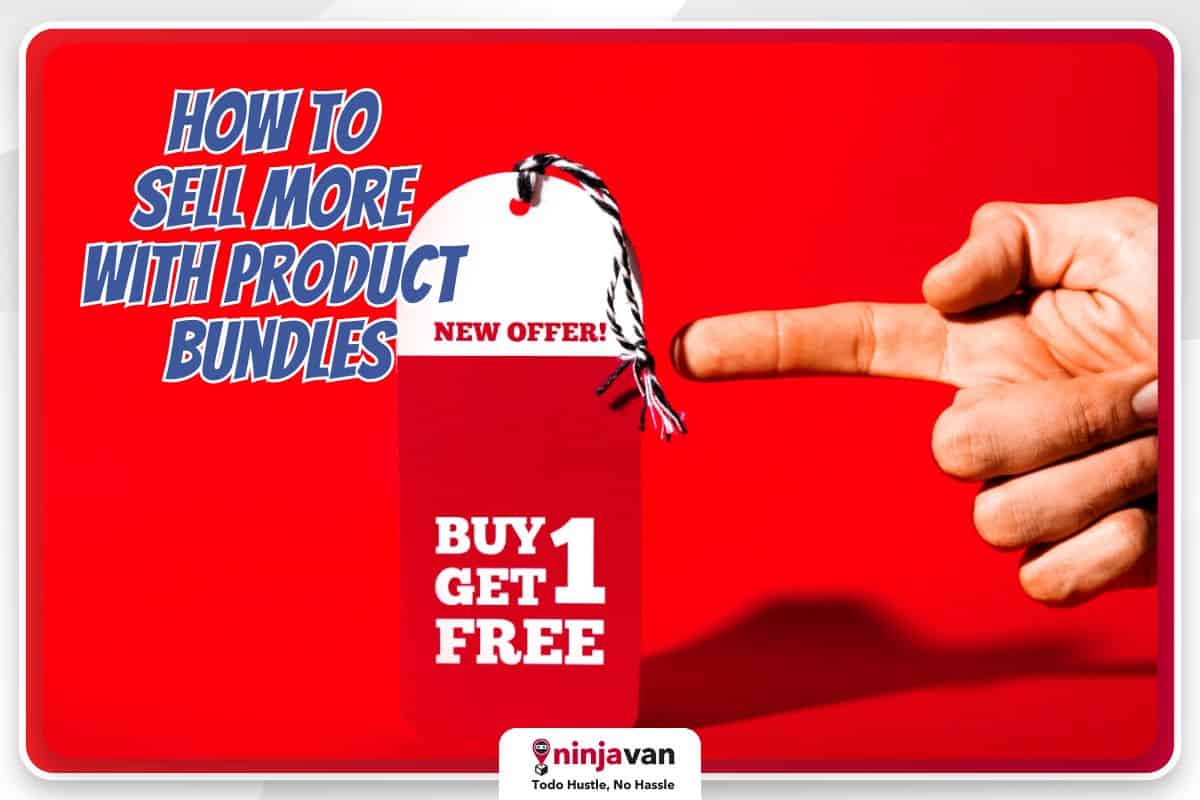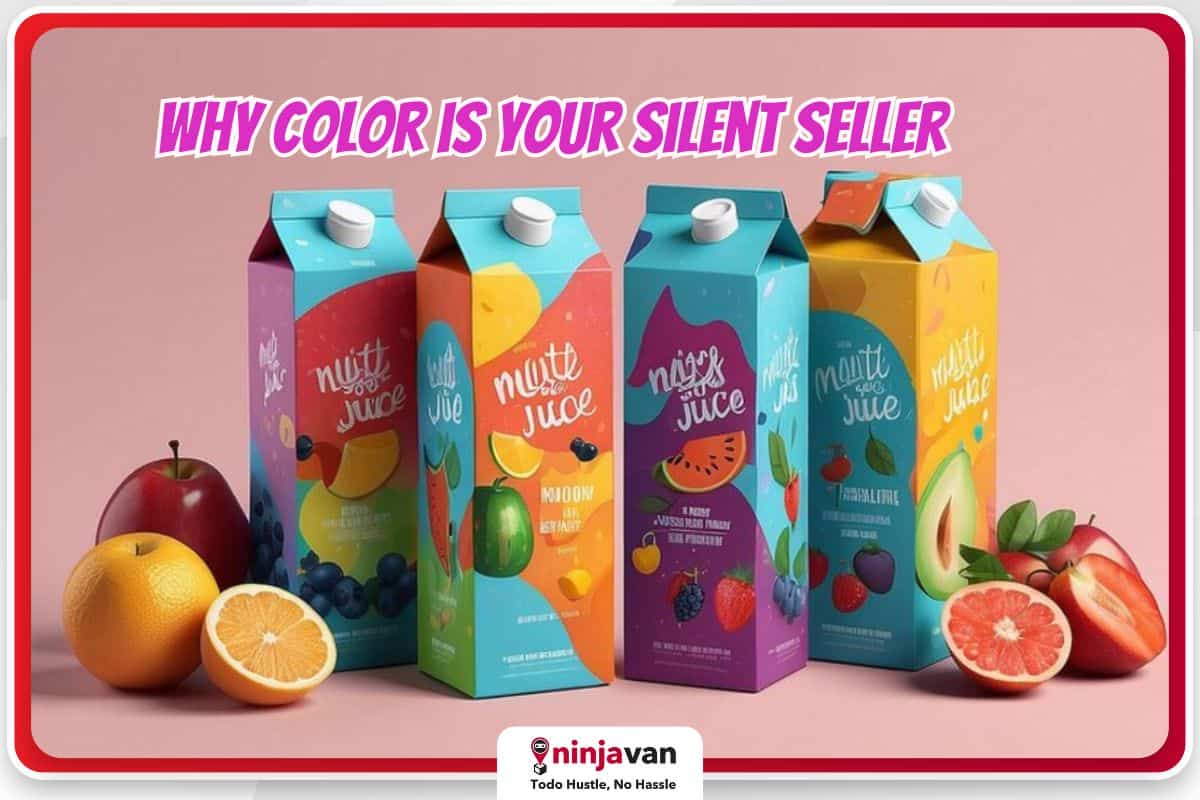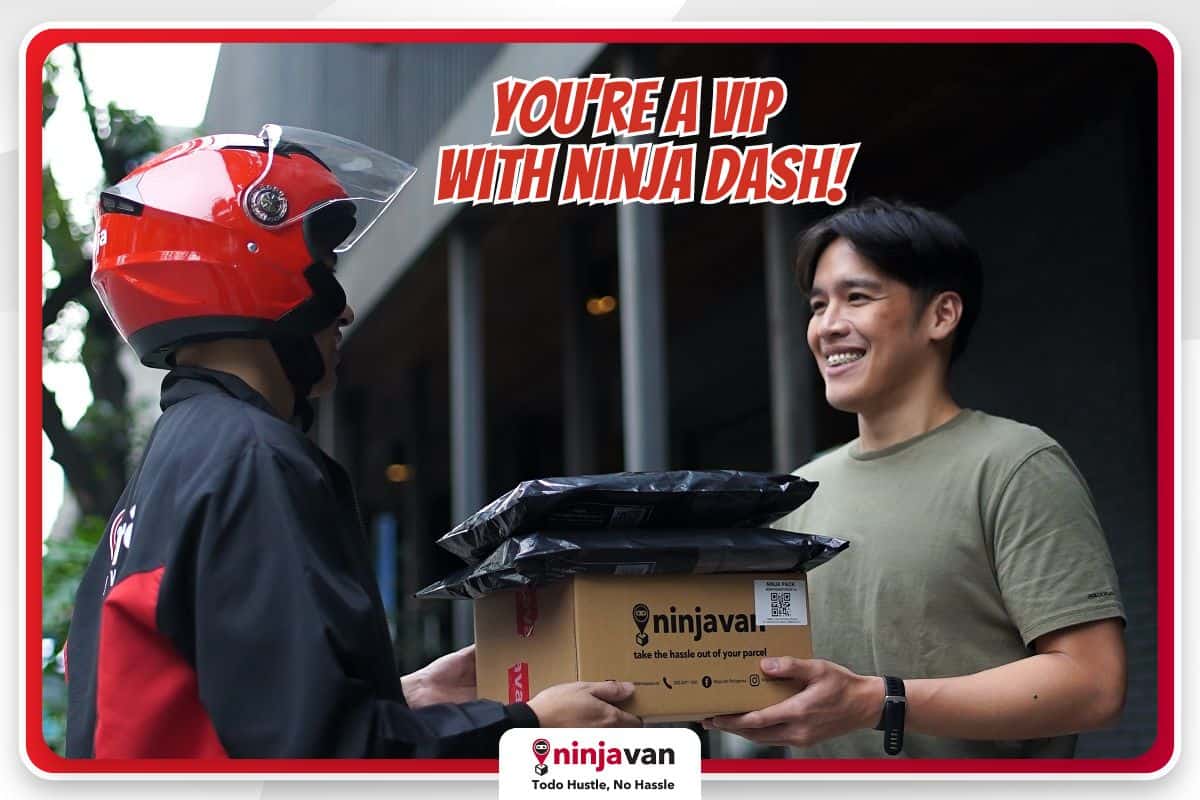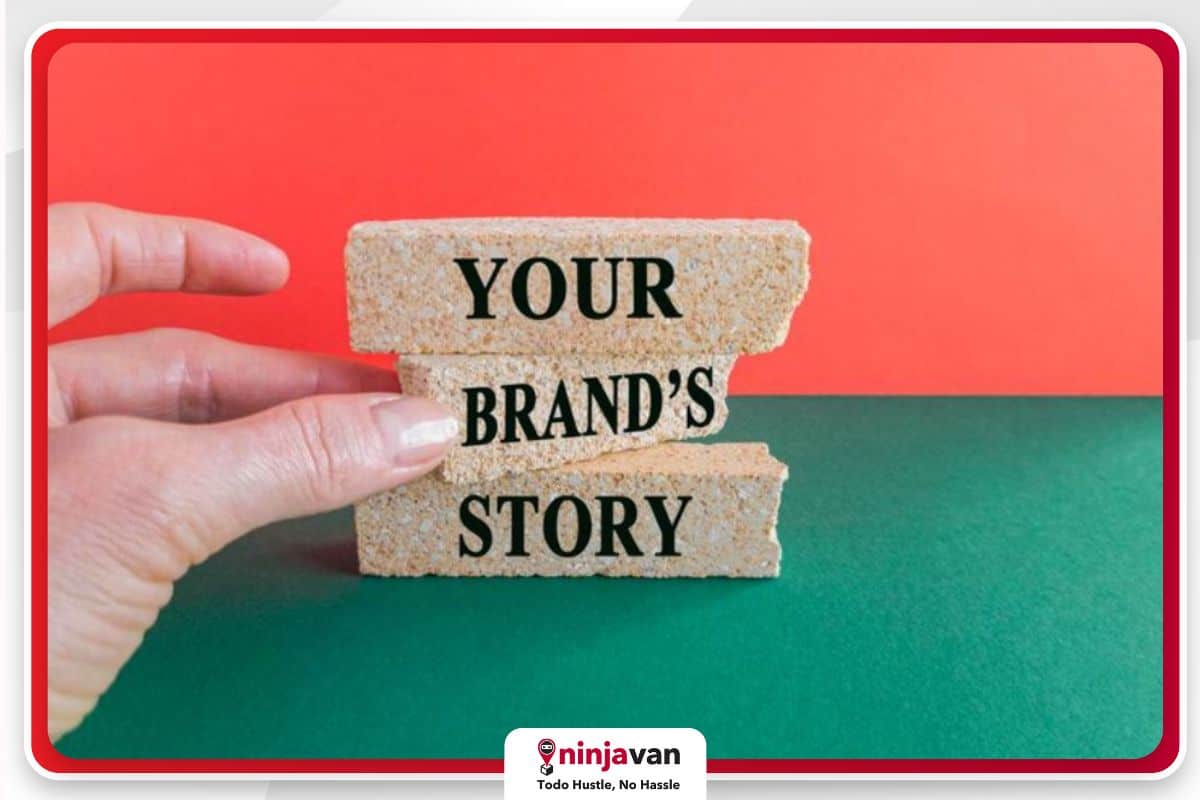Retailers and online sellers are different in some aspects, but they share one goal: to earn more sales.
There’s a long list of tactics that you can use to increase your revenue. One way to entice more customers by offering irresistible product bundles.
What is product bundling?
Product bundling is a retail strategy that involves curating complementary products, “bundling” them together, and selling them as a collection. The goal of product bundles is to capture both eager-to-buy and casual shoppers.
Sometimes, products are bundled together as a cross-sell or an upsell.
- Cross-sells include products that are adjacent to other products in the same group. For example, bundling shampoo with conditioner.
- Upsells are done to convince customers to upgrade. For example, bundling a new or higher-grade version of makeup brushes a customer might be thinking about.
Also read: Upselling Techniques for Your Online Business
What are the common types of product bundling?
Is this your first time to explore product bundling strategy? There are plenty of product bundling types to consider. Here are the most popular ones.

1. Pure bundling
Pure product bundles contain items sold exclusively in that bundle. For example, if your product is a blowdryer, include all the heads and the combs of the set.
Allow customers to buy them together or separately. But highlight the benefits of getting the bundle instead, like a huge cost savings.
2. Customizable bundling
With this type of product bundle, customers can create their own mix-and-match bundles by choosing items from a selection of product options. This gives shoppers the chance to personalize their purchases, which creates a sense of satisfaction and ownership.
3. Price bundling
You choose specific items that should be bundled together so customers get a discount. You can also offer the bundle as a discounted item when customers buy multiple items. An excellent example of price bundling is Buy-One-Get-One (BOGO) discounts.
When you add a perceived value (e.g. “free item”) or offer a bundle discount on the total price, customers will feel that they scored a great deal.
4. Mixed bundling
This product bundling type involves combining items sold separately at lower prices. The products should be complementary to encourage buyers to make a purchase.
5. Pure add-on bundling
This involves offering another product as an add-on to the primary purchase. Entice customers to add more items into their shopping cart by highlighting a need or addressing a related pain point. Of course, this means more sales for you!
#NinjaTip: When it comes to getting your products to your customers, Ninja Van is your trusted partner for secure and seamless deliveries. Enjoy exclusive shipping rates and exciting perks when you Sign up for a VIP Shipper account!
6 benefits of product bundling
1. Increases your average order value (AOV)
This strategic marketing move enables you to offer better pricing or more discounts, which creates a perception of value for customers.
For example, customers looking for a pencil can be enticed with a bundle that comes with a sharpener, eraser and cute pencil case for a discounted price than when they’re bought separately. Having them buy more than one product can raise your AOV.
2. A perfect offering for holiday sales
During the holidays, many shoppers either want to customize their gifts or to find easy-to-pick presents that don’t look last minute. Product bundling answers both.

You can mix and match seasonal gifts together to create holiday bundles or holiday baskets, which are perfect for custom or last-minute presents. Check out our lists of Best Products to Sell During the Holiday Season.
3. Simplifies the buying process
Product bundles streamline the purchase process for customers. You make buying simpler for them. They no longer need to pick multiple items separately; all they can do is buy one and get all the products they need.
4. Reduces your marketing cost
Product bundling lets you sell more while saving on marketing costs. Grouping complementary products and marketing them as a single item is more affordable than marketing products individually.
When you bundle items together, you need only one warehouse bin to store them. Plus, you also reduce the number of boxes for the items you need to ship, reducing packaging waste.
5. Addresses overstock issues
Products that are not sold remain in your inventory as dead stock, which can add to your holding expenses. Unsold stocks will then become a waste of investment.
Product bundling clears out excess stock before they become a problem. If you bundle stagnant or slow-moving items with faster-selling items, customers may bite into the bundle deal. This also frees warehouse space, lowers inventory costs, and decreases waste.

6. Introduces or raises awareness to new products
If you discover a product that’s popular among your customers, bundle it with another product you’re trying to promote. Take advantage of consumer interest in one item and showcase the other to raise product awareness.
You can also attract new and return customers with this strategy.
Some tips when doing product bundles
How do you create a bundle that catches customers’ attention? Here are some tips to add to your bundling strategy.
1. Combine fast-selling items with slow-moving ones
Product bundling hits two goals with one stone: you avoid the risk of slower inventory and help customers discover the best-sellers.
Choose the fast-selling products and combine them with the slow-moving items by calculating the stock to sales ratio. Use the date to consider how you can match both products.
2. Sync inventories
Keep track of your inventory levels, especially those concerning items included in the bundles.
When you bundle more products, be more mindful of the different points of your data’s inventory to sync. If a single product becomes out of stock, it affects the whole bundle.
3. Offer small discounts
Customers are always after the best deals and values. They’re willing to shop around for offers and discounts. To increase your sales, apply discounts to your bundles to make them more appealing without affecting your product margins.

4. Market the bundle’s benefits
Promote product bundles as a way to celebrate special events or a means to solve particular customer pain points.
Talk about the inclusions, how they work together, and how they’ll simplify the customer’s problems. Also, break down the price to show customers how much they will save.
5. Always study customer data
Studying your customers is always the best source of information when organizing product bundles. See which items sell well among different consumer segments, which products receive a lot of traffic but no sales, and the products that no one buys.
The information leads to data-driven bundles that attract more customers.

It’s time to bundle up!
Product bundles pave the way for more opportunities to grow your profit. It increases sales and promotes your brand to more customers. It also offers a better way to address overstocking.
Hopefully, these tips can help you create amazing product bundles that will gain more loyal customers and better sales your way.
Happy selling ka-Ninja!
More tips to increase your online sales:
4 Online Selling Tips to Increase Your Sales
How to Clear Your Excess Holiday Stock
Boost Sales by Diversifying Your Sales Platforms






